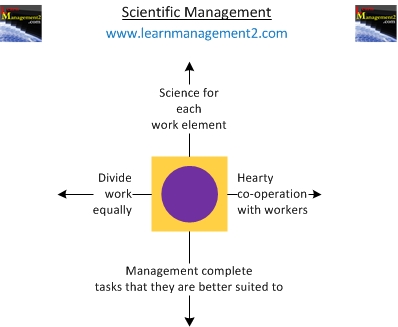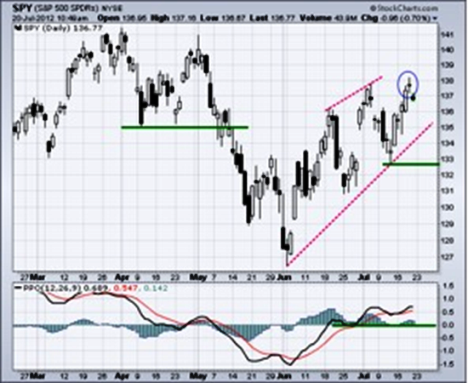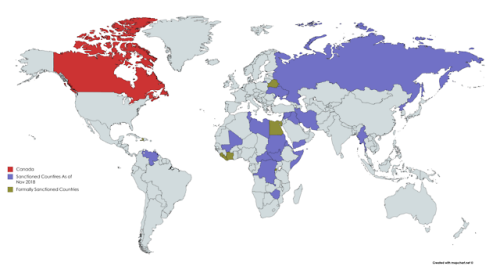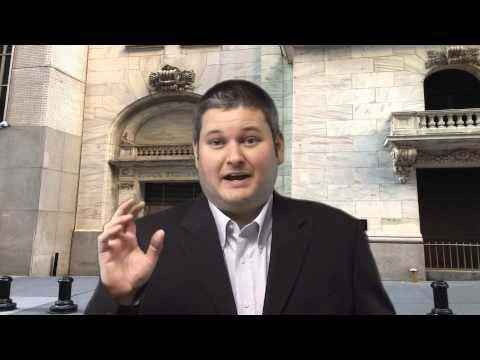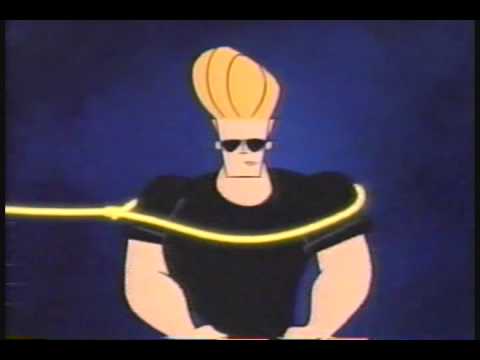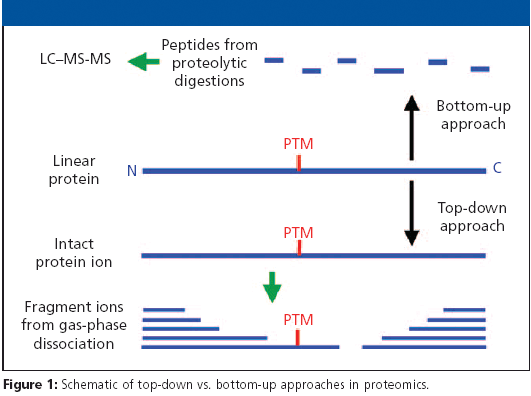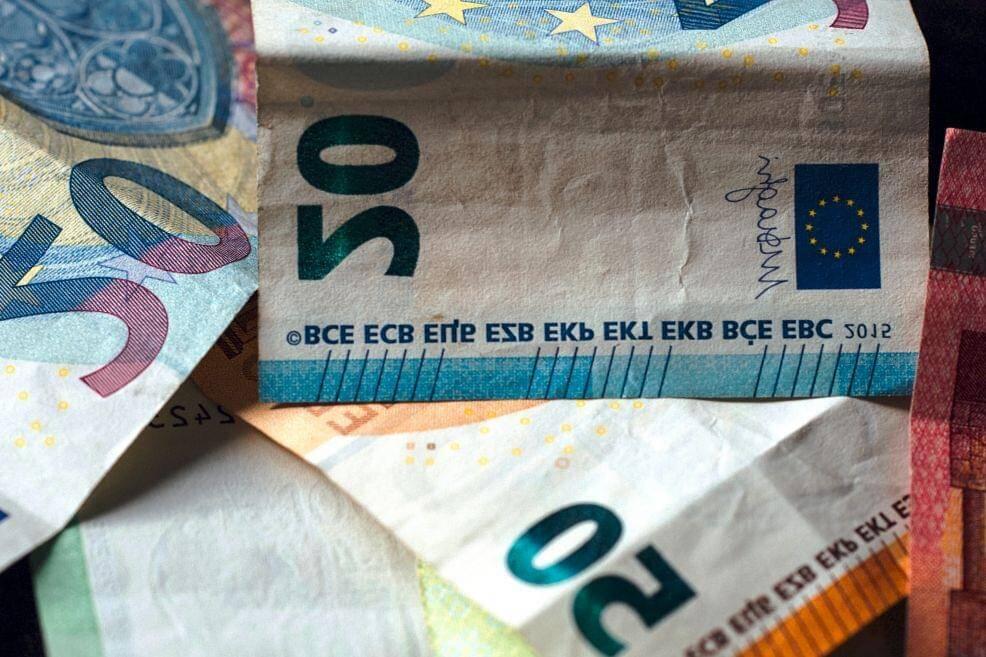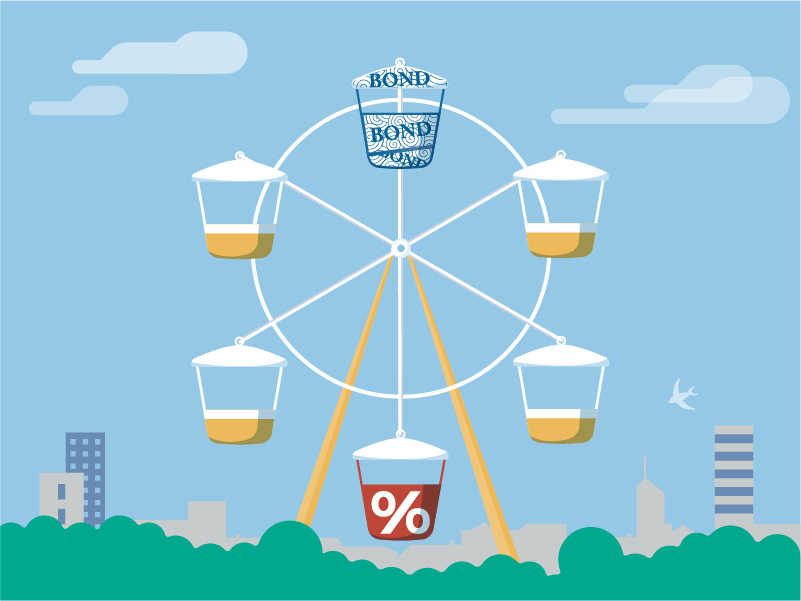A Guide to the Cup and Handle Pattern in Technical Analysis
Content
A proper handle forms in the upper half of the base and is at least five trading days long, typically light in volume. By learning to recognize them in real time, traders can limit their risks by determining the best points for entry and exit. Prior to the decline that started the cup and handle pattern, the price had advanced about 30% over several months.
It is ideal for the pattern to have a bowl-shaped bottom and an even downward-sloping handle. Yet, in most cases, the chart formation might show a sharp “V” and a somewhat downward-sloping handle that is either a pennant or even a wedge. As long as the bottom forms at less than 50% of the previous uptrend and the handle doesn’t retrace over one-third in regards to the cup’s depth, you should be good to go. Also, if you see a golden crossover occurring — a smaller moving average crossing above the higher moving average — it might validate the breakout potential of the cup and handle formation. This is the exact turning point; you can validate the same by pulling out the volume chart.
Cup and handle stop-losses and profit targets
No one can explain how to trade cup and handle pattern better that way you have explained in this short article. Finally, when the price breaks out of Resistance, the cup and handle pattern is “confirmed”, and the market could move higher. That’s why in this trading strategy guide, I want to dive deep into the Cup and Handle pattern so you, yourself, can find your own “monster” breakout trades. How to earn an extra 13 – 26% a year without reading financial reports, studying chart patterns, or following the news.
For example, suppose Bitcoin was currently trading at $6,000, and you wanted to set a stop-loss at $5,000 as soon as Bitcoin falls below $5,000 for any reason. In that case, the exchange automatically closes your trade, and all losses will be limited to around 10%. If seeking an early point, then be sure to enter with partial share size to minimize risk. Product offerings and availability vary based on jurisdiction. I don’t get how you can use previous lows as a trailing stop loss if you are going long. Useful guide, it’s definitely a pattern to always be watching for.
Limitations of the Cup and Handle
These movements form a ‘u’ shape on the chart – this is known as the cup. A stop-loss order gets a trader out of a trade if the price drops, instead of rallying, after buying a breakout from the cup and handle formation. The stop-loss controls risk on the trade by selling the position if the price declines enough to invalidate the pattern. In addition to the price levels, some traders also look at trade volume in the asset before entering a trade after a cup and handle pattern. Higher volume indicated that more investors are buying that asset, and higher demand could lead to higher prices in the near future.
And yes, there is an inverse cup and handle in the technical analysis world, which is nothing but bearish. There are many to analyze the price expectations of a high beta asset, like cryptocurrency and stocks. While reading through the asset fundamentals is a good strategy, technical analysis works best for those interested in short- and mid-term price projections. Chart indicators and patterns make it harder for newbies to make sense of the market. And while some patterns can be hard to decode, this guide focuses on the cup and handle pattern — a bullish sign with excellent credibility and reliability. As a general rule, cup and handle patterns are bullish price formations.
Ask a Financial Professional Any Question
In the end, security breaks out again, surpassing the cup depth at its lowest point. In this method, you should extend a Fibonacci tool from the cup low to the high on its right and then connect it to the cup low. Now you will have two points on your chart – one on the right and one on the left.
- Per the pattern, the bullish sentiment is likely to continue as the sellers will get tired and leave the assets at the counter.
- Finally, one limitation shared across many technical patterns is that it can be unreliable in illiquid stocks.
- Secondly, you need to learn to identify the length and depth of a true cup and handle, as there can be false signals.
- A value above 80 indicates that it is overbought, while one below 20 shows oversold conditions.
That’s why we designed StocksToTrade to have such incredible, easy-to-customize charts. You can add in lines for support or resistance, use technical indicators, easily export to review later, and so much more. The best place to enter a trade using this pattern is when the handle forms.
What Is an Inverted Cup and Handle Pattern?
The cup and handle pattern, also sometimes known as the cup with handle pattern was first identified by stockbroker William O’Neil in 1988. HowToTrade.com helps traders of all levels learn how to trade the financial markets. No, the Inverse Cup and Handle is a bearish what does a cup and handle chart mean pattern that signals the end of an uptrend and the beginning of a new downward trend. When this pattern appears, the price typically makes a long bearish move after the price reversal. Every pattern has pros and cons, including the inverted cup and handle pattern.
The daily and weekly charts at both Investors.com and MarketSmith make heavy turnover easy to spot. Simply compare the day or week’s volume with the moving average line drawn across the volume bars. An Investors.com chart will also tell you in real time how volume is running in comparison with typical level at that time of the trading session. Two waves identify a cup and handle formation – the first wave down to form the cup, followed by a second wave with slight retracement before making new highs forming the handle. Conversely, after the price formation of a cup and handle pattern has finished, the security will likely reverse course and reach new highs.
The inverse cup and handle pattern
The inverted cup and handle pattern screams a sell signal for traders. However, this does not mean that you should immediately take a short trade once the initial signs of the pattern start to appear on the chart. The highest probability is only displayed after the inverse cup and handle pattern is complete. A common question is whether there is any difference between them. A traditional cup and handle pattern is an indicator of a bullish continuation. The inverted cup and handle pattern’s meaning is obvious from its name and functionality.
How reliable is cup and handle pattern?
Twenty years of trading research show the cup and handle pattern has a 95% success rate in bull markets and returns an average profit of +54%. The cup and handle chart pattern is reliable and accurate but can be difficult to identify.

